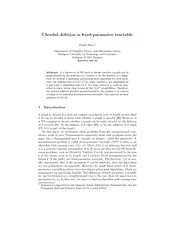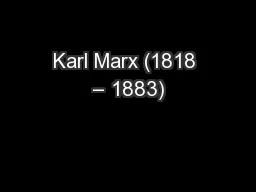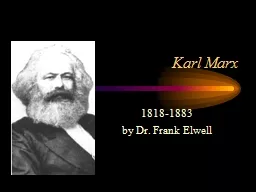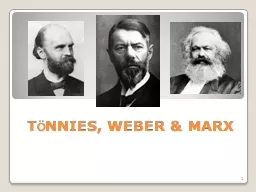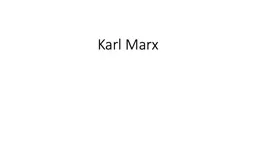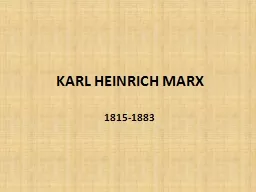PDF-Chordal deletion is xedparameter tractable Daniel Marx
Author : luanne-stotts | Published Date : 2015-05-15
bmehu Abstract It is known to be NPhard to decide whether a graph can be made chordal by the deletion of vertices or by the deletion of edges Here we present a uniformly
Presentation Embed Code
Download Presentation
Download Presentation The PPT/PDF document "Chordal deletion is xedparameter tractab..." is the property of its rightful owner. Permission is granted to download and print the materials on this website for personal, non-commercial use only, and to display it on your personal computer provided you do not modify the materials and that you retain all copyright notices contained in the materials. By downloading content from our website, you accept the terms of this agreement.
Chordal deletion is xedparameter tractable Daniel Marx: Transcript
Download Rules Of Document
"Chordal deletion is xedparameter tractable Daniel Marx"The content belongs to its owner. You may download and print it for personal use, without modification, and keep all copyright notices. By downloading, you agree to these terms.
Related Documents

